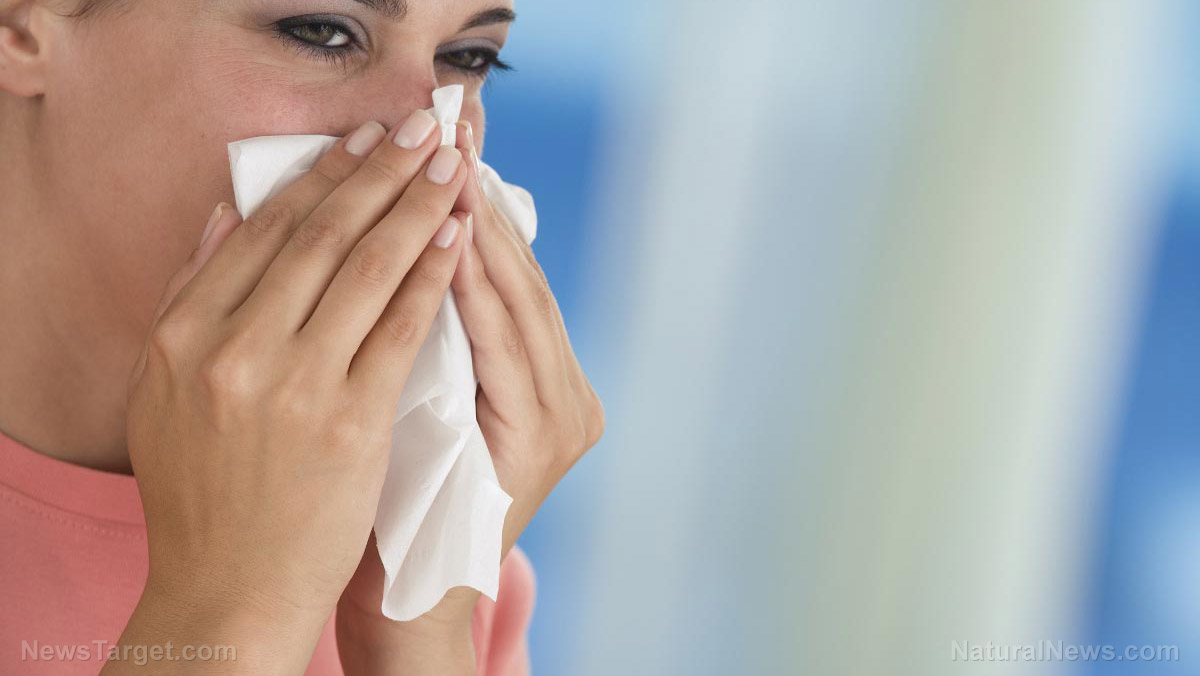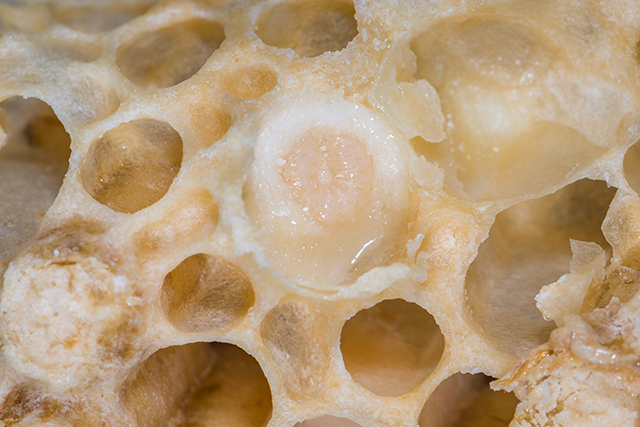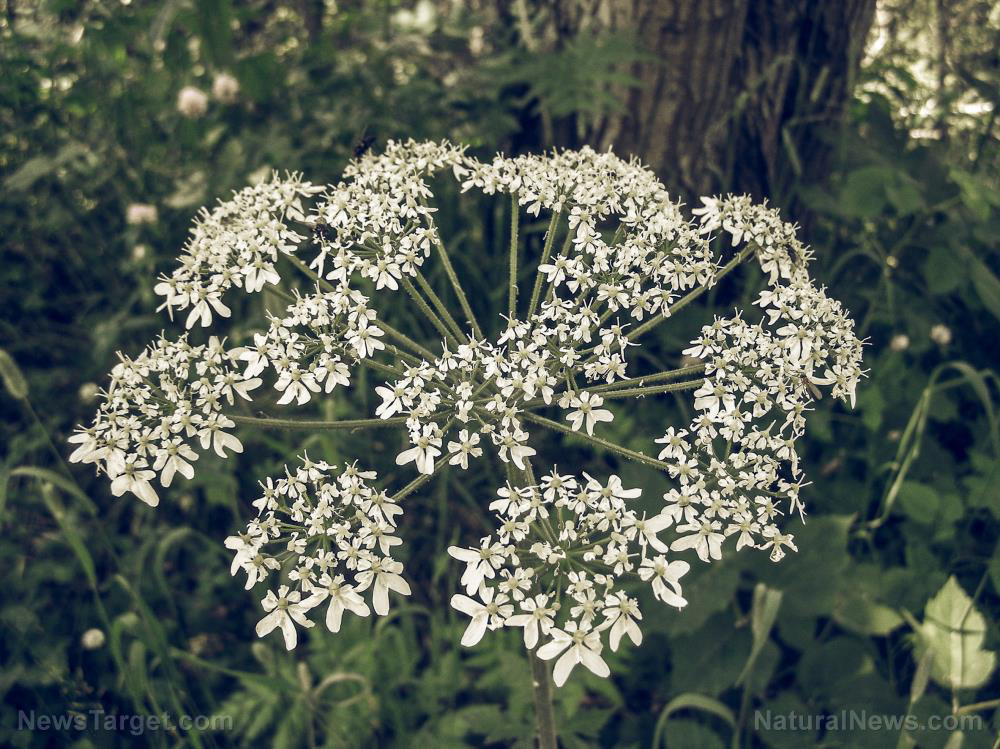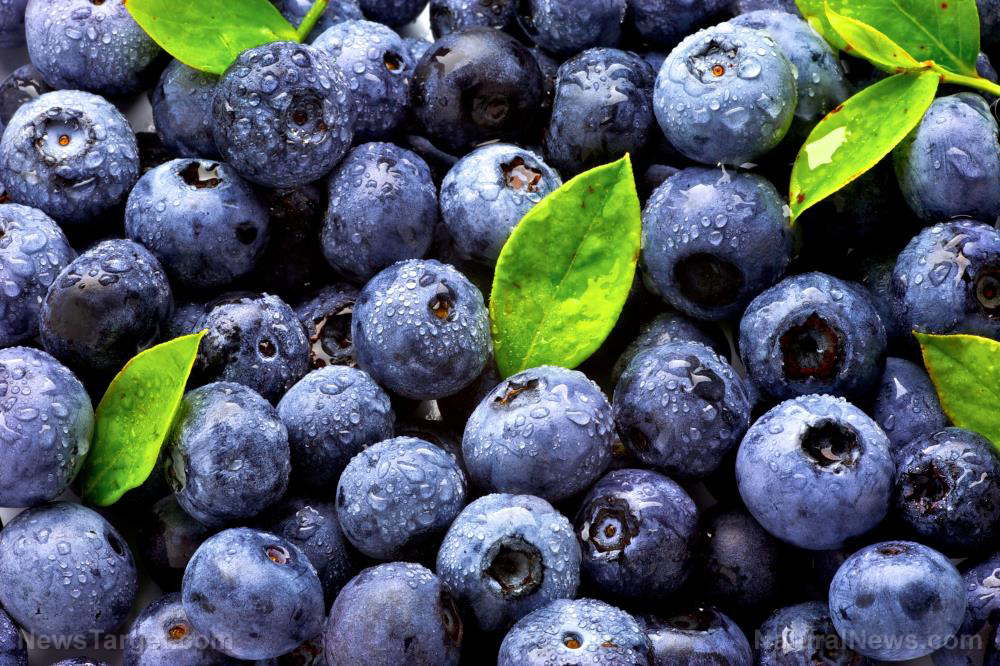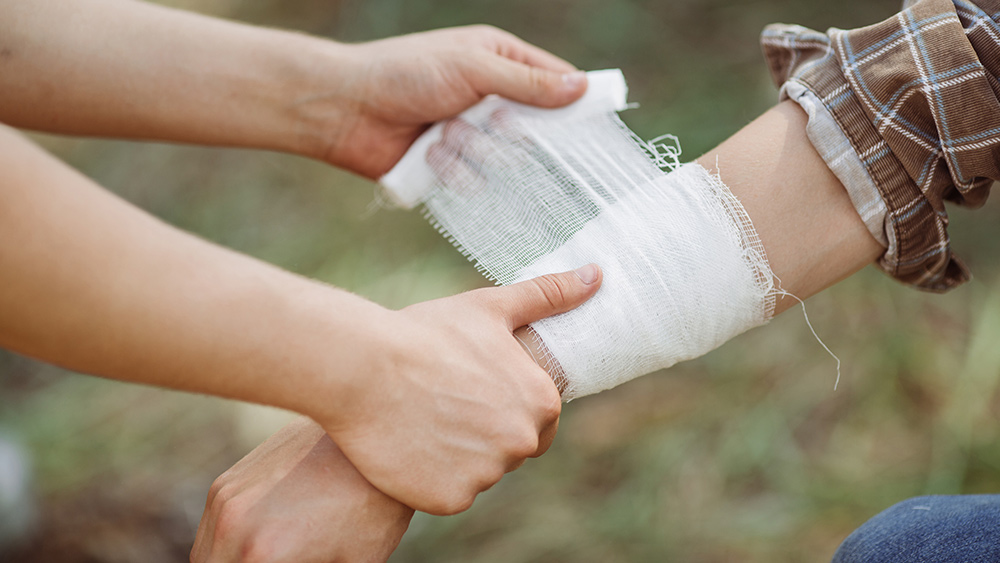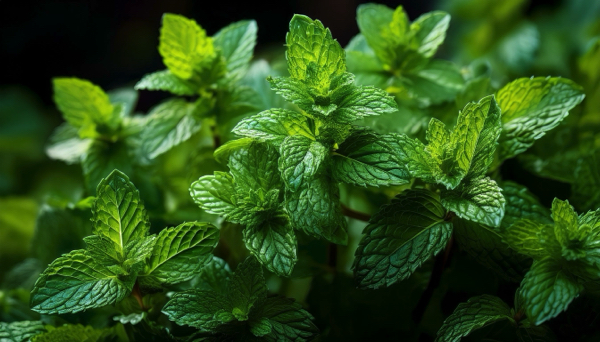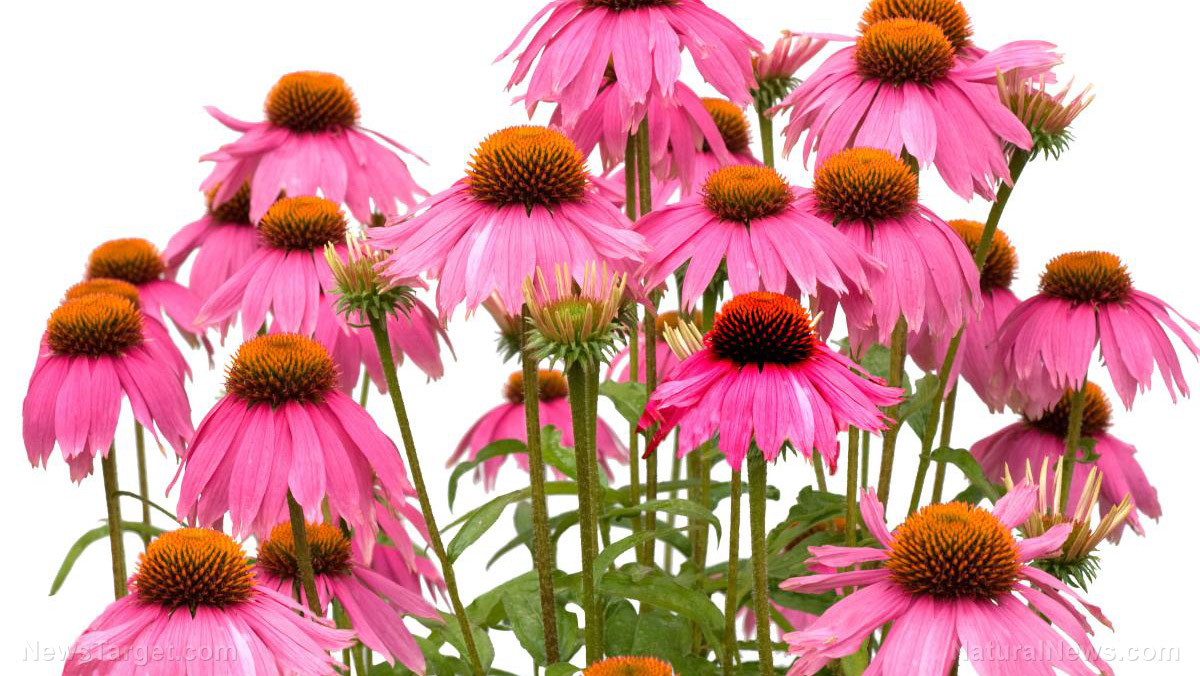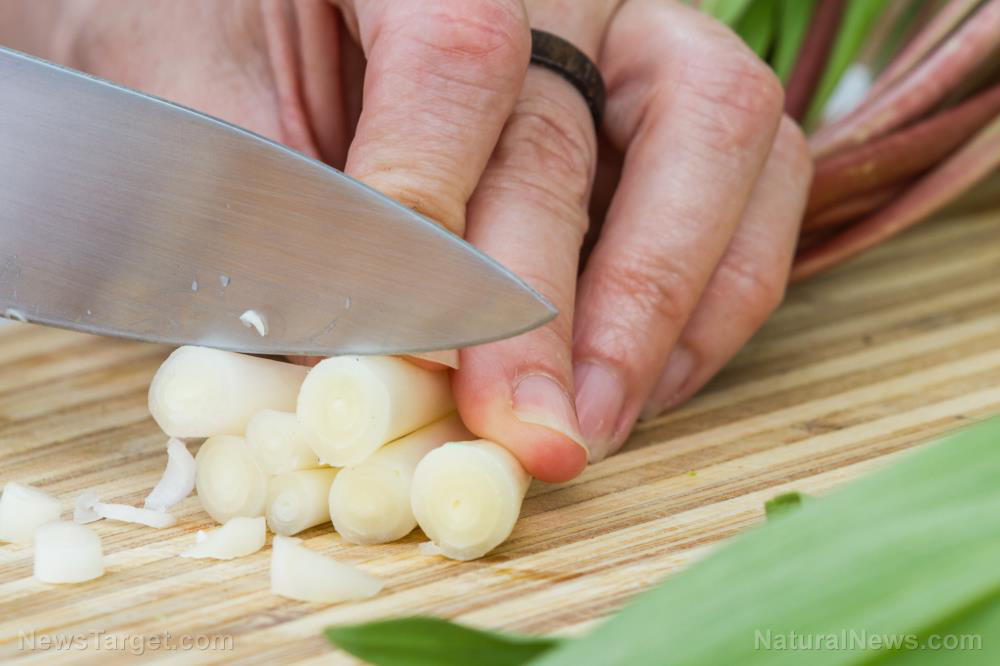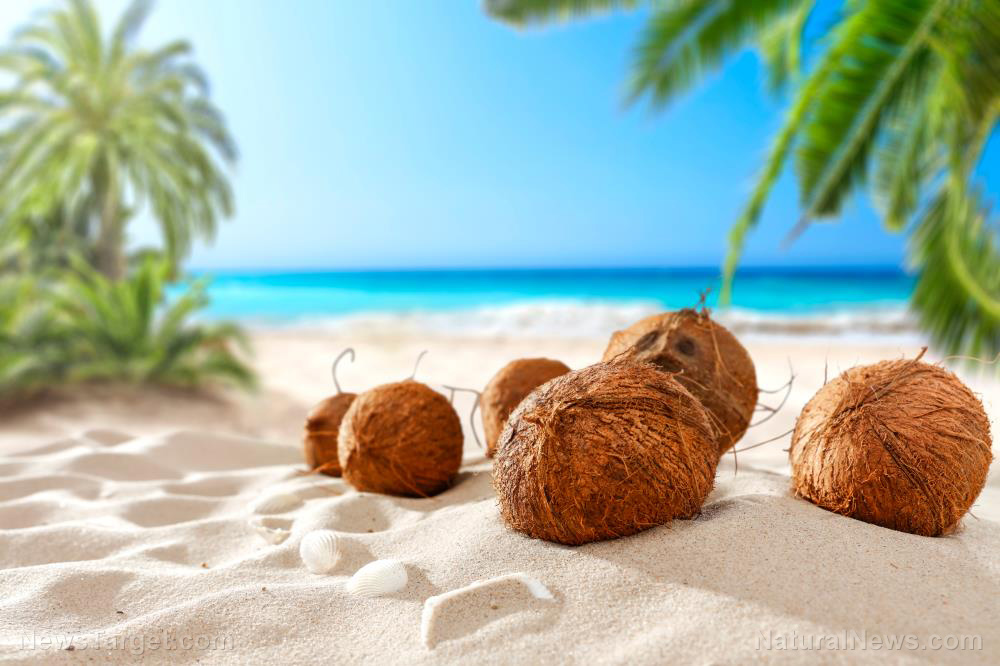11 Herbs used as traditional acne remedies
10/24/2023 / By News Editors

Acne involves the over-production of sebum from the sebaceous glands which results in the blockage of the pores with a sticky mass of the dead cells and oil. This creates a breeding ground for the opportunistic overgrowth of bacteria normally present in the skin. These convert the mass into compounds that cause inflammation and unattractive raised surfaces. Skin irritation may also result from the use of artificial cosmetics and even some popular acne products [see Is Bleaching Your Face Really A ‘Proactive’ Acne Solution?]. The problem is aggravated by pinching, squeezing, scratching or rubbing the skin area plagued with acne.
(Article by Dr Deepak Acharya republished from GreenMedInfo.com)
One of the most common contributing factors is hormonal changes and imbalance that occurs at the time of adolescence. Some other causing factors that send invitation to acne are emotional stress and sex hormones. When active during puberty, androgens (sex hormones), stimulate the oil glands typically on the face, chest, back and shoulders. Many girls are prone to acne usually in the week before menstruation.
Junk food is also linked to the problem with prime suspects being high-glycemic foods containing sugars, saturated fat and iodized salt (liberally used on crisps, chips, and other fast foods) contained in them. Diet based on junk foods, snacks, chocolates, soft drinks, and alcohol is also low in several vital nutrients. Deficiency of these nutrients may also result in eruptions of acne.
There are several herbal and folk remedies available for curing acne or pimple. Tribesmen in Patalkot and Dangs have been using these formulation for time immemorial. I would like to mention about tribal’s traditional herbal formulations based on 11 important herbs.
1. Garlic (Allium sativum)
- Rub your acne with raw Garlic (Allium sativum) several times a day, it helps in relieving the pain and also heals acne fast.
2. Aloe (Aloe vera)
- The pulp of Aloe (Aloe vera) is an exceptional skin cleanser. Juice of the plant counteract infection and promote healing. Split off a portion of Aloe vera leaf and rub the pulp directly on the skin.
3. Amaranth (Amaranthus spinosus)

- Make a tea from Amaranth (Amaranthus spinosus) seeds and use as a face wash. To make the tea bring 3 cups of water to boil, add 2 teaspoons of seeds. Cover and boil for five minutes; remove from heat and add 1 teaspoon of leaves and steep for 30 minutes.
4. Neem (Azadirachta indica)

- Neem (Azadirachta indica) is valued in Ayurvedic medicine for its varied healing properties due to its anti-bacterial, anti-fungal, and anti-viral capabilities. For acne, fresh 5 leaves everyday taken in the morning helps in removing stubborn acne.
5. Lemon (Citrus limon)

- Clean your skin and apply Lemon (Citrus limon) juice with a cotton ball. The acid in emon helps flush out the pores and keeps the skin looking beautiful. Another method using Lemon juice is to “steam clean” the face by putting it over a pan of boiling water with a towel over your head to trap the steam. This will loosen the dirt and oil. Then apply a cotton ball to remove the dirt and oil buildup. Use this method once a week.
6. Coriander (Coriandrum sativum)

- Drink a tea made by combining 0.5 teaspoons of Coriander (Coriandrum sativum), Cumin (Cuminum cyminum) and Fennel (Foeniculum vulgare) and steeping it in hot water for 10 minutes. Strain and drink the tea after breakfast, lunch and dinner.
7. Basil (Ocimum basilicum)
- Make an infusion of Basil (Ocimum basilicum) leaves. Put two to four teaspoons of dried Basil leaves in a cup of boiling water, steep for 10 to 20 minutes, cool, and apply to the acne.
8. Cucumber (Cucumis sativus)

- Liquefy a peeled Cucumber (Cucumis sativus) in a blender and apply the juice to the acne. Another variation of this remedy is to drink four or five cups of Cucumber juice daily for a week. This is said to purify the blood and lymphatic system, resulting in a clearer skin.
9. Grape (Vitis vinifera)

- Grape (Vitis vinifera) seed extract is a powerful all-around antimicrobial agent and is an excellent disinfectant. Make a solution of 4-40 drops in four ounces of water and apply to the affected areas with a cotton ball two or three times a day.
10. Chickpea (Cicer arietinum)
- Wash your face with Chickpea (Cicer arietinum) paste (mix one teaspoon of chick-pea flour with a little water). Dry with a clean towel. This is also a good remedy to cure acne.
11. Beet (Beta vulgaris)

- Use a blend of one part Beet (Beta vulgaris) root juice, three parts Carrot (Daucus carota) juice and two parts water to stimulate the liver and to cleanse the system.
First of all, get rid of associated infections such as skin infections and dandruff. There are several home remedies to help with disorders like this. One should not scratch, pinch or squeeze acne as that will worsen the situation and will spread it to other areas of the skin. Also, this may leave ugly marks on the face even when the skin heals up. Food hygiene as well as body hygiene are an essential part of maintaining good health and keep infections at bay.
Proper care should be taken and one should avoid an irregular diet program. It should be well organized and maintained. Avoid excessive amounts of caffeine (in the form of coffee, soft drinks, etc.), alcohol and tobacco. Cut down on chocolates, sweets, highly salted snacks and added sugar. Practicing yoga, brisk walk, mediation and deep breathing exercises for healthy mind and body would certainly help in getting rid of dreadful acne.
Read more at: GreenMedInfo.com
Submit a correction >>
Tagged Under:
acne remedies, aloe vera, alternative medicine, amaranth, basil, beets, chickpea, coriander, cucumber, garlic, grape, health science, herbal medicine, herbs, infections, lemon, natural antibiotics, natural cures, natural health, natural ingredients, natural medicine, neem, organics, plant medicine, skin health, skincare, tips
This article may contain statements that reflect the opinion of the author
RECENT NEWS & ARTICLES
consumerwellness.info is a fact-based public education website published by consumerwellness.info
All content copyright © 2023 by consumerwellness.info
Contact Us with Tips or Corrections
All trademarks, registered trademarks and servicemarks mentioned on this site are the property of their respective owners.

.JPG)



